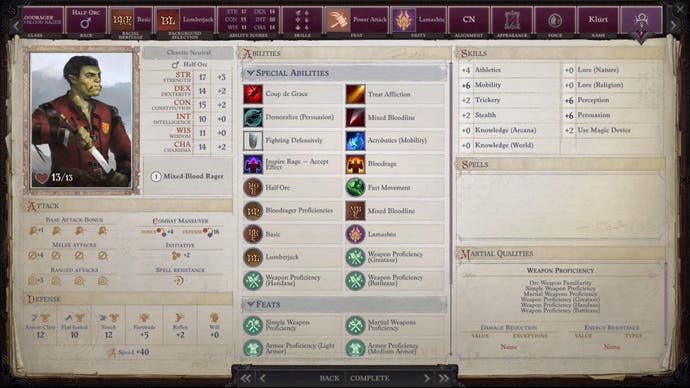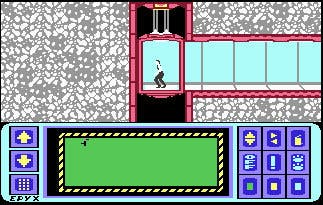What we've been playing
Vampires and lairs.
17th March 2023
Hello! Welcome back to our regular feature where we write a little bit about some of the games we've found ourselves playing over the last few days. This time: vampires, RPGs, and a memorable lair.
If you fancy catching up on some of the older editions of What We've Been Playing, here's our archive.
Dead Cells, PS4
It’s been an age since I’ve played Dead Cells. Well, five years ago when it launched. And what better excuse to return to those randomly shifting deathly hallways than the release of its new Castlevania DLC.
Dead Cells is something of a roguelike Metroidvania and is indebted to Konami’s series, but nowadays Castlevania feels like a relic of a dusty - probably upside down - and long-forgotten vampire abode. It’s come full circle, then, and this DLC is a wonderful celebration of both games. From the first level, Richter ushers me to Dracula’s castle on an urgent mission, which takes me through brand new areas full of references. The Vampire Killer song kicks in (what a bop!), I meet up with Alucard, and I summon a host of bats to battle on my behalf, before Dracula rocks up to literally flip the world around. It’s a bloody rush.
What’s really impressed me on my return to the game, though, is just how much it’s developed over the past five years. Each run I make new discoveries: new bits of DLC, new weapons I hadn’t previously seen, new nods to other games. How to choose between the nail from Hollow Knight or a crowbar from Half Life as my lead weapon? As with Hades, each death brings joy in the form of new unlocks and mysteries sprinkled among those gothic, poisonous corridors. Also I used to suck at Dead Cells, but last night I had my best run ever? Just one more…just one more go…
Ed Nightingale
Pathfinder: Wrath of the Righteous, PC
I've been told to - and I've wanted to - play Pathfinder for a while now. And with Dungeons & Dragons in the doghouse, or, well, still lurking around it, I thought now would be a good time.
I haven't gotten very far but there's a good reason for it, and it's this: the character creator. Now, these things always hold me up because I'm particular about how I want to look and the story I want to embody - I'm a role-player at heart and I can't shake it. But Pathfinder takes this to a level I haven't seen before.
The list of classes you can play stretches to something like 20-classes long. There are Barbarian's and Bloodragers, which in any other game would be the same thing. There's a Cleric and an Oracle class, and a Paladin and an Inquisitor. And then there are bloodlines and backgrounds to further customise that. And I don't know what to pick!

And part of me loves that. Part of me is all about that. Pathfinder is a tabletop RPG like Dungeons & Dragons and here, it's flexing its breadth and depth. Having a character creator like this is almost a badge of pride in the genre, as if to say, "Look at all the options we have!"
But another part of me - and this is no dig at Pathfinder but a broader thought - doesn't want to have to do all of this upfront thinking about who I want to be for the next hundred hours in a game. It's tiring! Genuinely.
How about I play for a bit first and then decide? How about at certain milestone moments, I can further specialise in the way I want to play? Sometimes I feel like all of this choice is an obstacle to the adventure I want to go on.
Bertie
Impossible Mission, Vita

This week's Five of the Best got me thinking about my favourite houses in videogames - and some interesting edge cases. It sent me back to one of my fav games of all time: Impossible Mission.
Is this a house or a lair? It’s underground and heavily guarded, and you move between elevators and gantries - that all feels like information in the Lair column. But the ingenious element of Impossible Mission’s design is that you’re also an intruder in an evil genius’ house, ducking robots and collecting bits of the password you need to save the world, while also navigating the baddy’s sofas and armchairs and record collection.
All of plush 1980s life is here, from stack stereos to - wait, are those juke boxes? All of this stuff is there to be searched for those password key cards, but it also gives the game such a sense of time and place and style.
Dennis Caswell’s platformer is known for its elegant animations and astonishing difficulty - and those brilliant synthesised screams - but it’s also a place, a strange, unquestionably domestic landscape, which makes exploring it all feel illicit as well as exciting.
Chris Donlan



